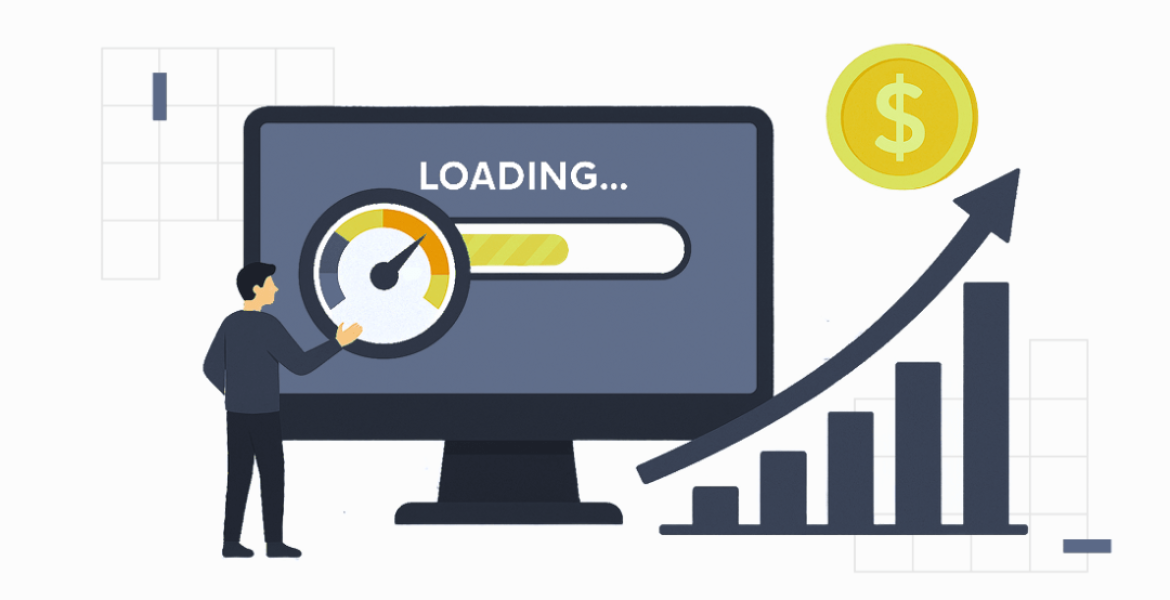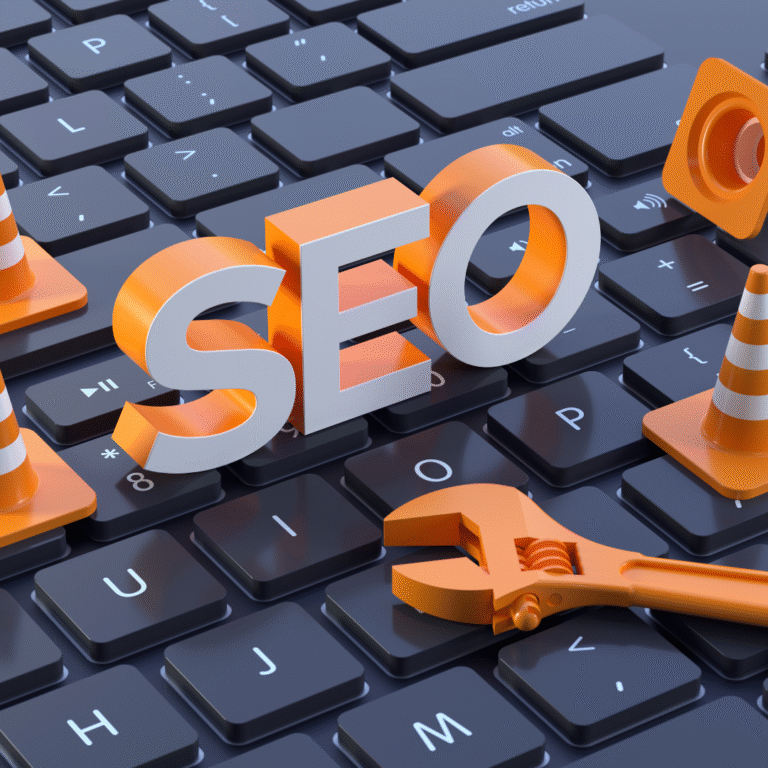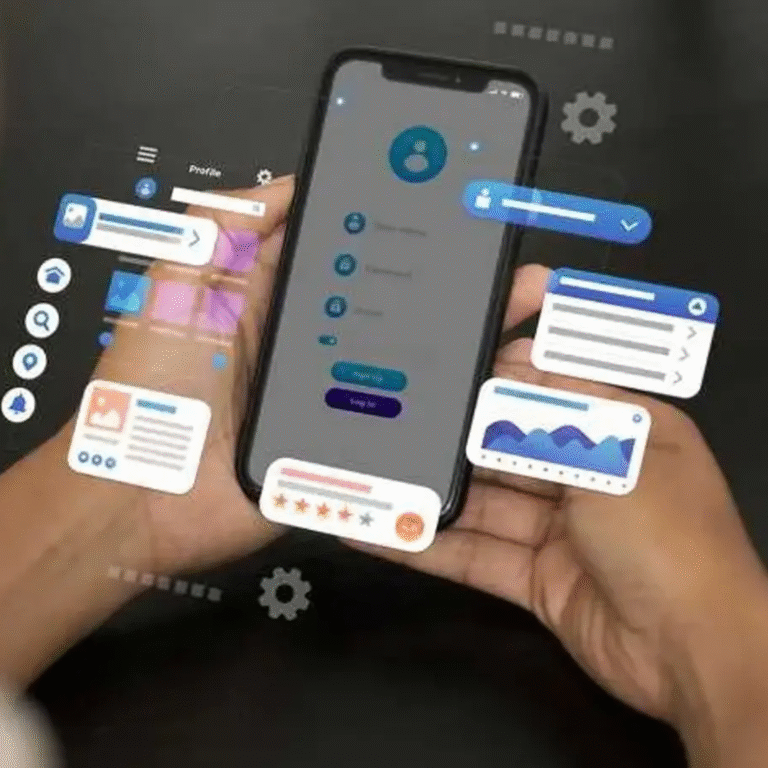In today’s digital economy, every second counts. Your potential customer’s patience is shorter than ever, and if your website doesn’t load quickly, you risk losing sales before they even see what you offer. Studies have shown that even a 1-second delay in page load time can reduce conversions by 7%. That means a slow website isn’t just an inconvenience, it’s a direct hit to your revenue.
Why Website Speed Matters More Than Ever in 2025
User expectations for instant access
We live in an age where speed is non-negotiable. Modern consumers expect pages to load within 2–3 seconds, anything more, and they’re likely to leave.
Search engine ranking factors
Google’s Core Web Vitals now prioritize website speed as a key ranking factor. Faster websites not only retain visitors but also rank higher in search results, driving more organic traffic.
The Direct Link Between Speed and Sales
The psychology of waiting online
When customers click on your site, they expect instant gratification. A delay creates frustration and increases the chance they’ll look elsewhere.
How slow load times cause abandoned carts
Ecommerce businesses face the harsh reality that every extra second of load time increases cart abandonment rates. In competitive industries, that could mean thousands in lost sales daily.
Real-world stats on speed vs. revenue
Amazon reported that a 100ms slowdown in load time could cost them $1.6 billion annually. While your business might not be Amazon-sized, the percentage loss can be just as damaging.
How Slow Websites Kill Conversions
- High bounce rates – Visitors leave before exploring your offerings.
- Loss of trust and credibility – A slow site feels outdated and unreliable.
- Impact on mobile users – Mobile visitors are often on slower networks, so speed optimization is even more crucial.
Ideal Website Speed Benchmarks
Google’s recommendations
Google recommends under 2.5 seconds for Largest Contentful Paint (LCP) to provide a good user experience.
Industry-specific speed goals
- Ecommerce: Under 2 seconds
- Blogs & Content: 2–3 seconds
- SaaS & Web Apps: Under 1.5 seconds
Proven Ways to Improve Website Speed
- Optimize images and media files – Compress without losing quality.
- Use a Content Delivery Network (CDN) – Deliver content faster across geographies.
- Minimize HTTP requests and scripts – Clean up unnecessary plugins and code.
- Choose reliable hosting – Invest in quality servers to avoid downtime.
How Woadsai Can Help You Boost Speed and Conversions
At Woadsai Private Limited, we don’t just build websites, we create high-performance digital experiences.
- Custom web development solutions tailored for speed and scalability.
- Speed testing and optimization services to ensure your site meets Google’s Core Web Vitals.
- Continuous performance monitoring to maintain top-tier speed and conversion rates.
Conclusion – Faster Sites Win More Customers
In the online marketplace, speed is more than a technical metric, it’s a sales strategy. A faster site means higher rankings, happier customers, and more conversions. Don’t let a slow website sabotage your growth.
“Test Your Website Speed with Woadsai – Book a Audit Today!”




